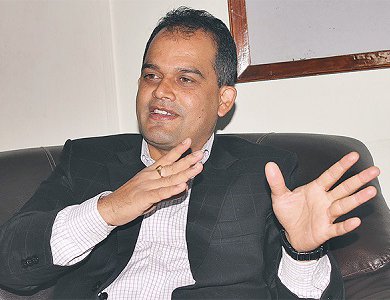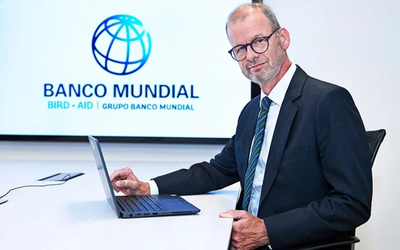
At a time when some of Nepal’s hydropower experts are arguing for the need to make Nepal rich by exporting its hydropower to India, Nepal Electricity Authority is now importing 27.37 percent of electricity from India at a total cost of about Rs.10 billion.
Given the growing internal demand and low progress in construction of hydropower projects, Nepal needs to import more electricity to reduce the load shedding hours next year. As the political disturbance and growing internal instability are causing a delay in the completion of new hydropower projects, Nepal will, for a long time to come, rely on the outside supply of electricity to reduce the load shedding.
Despite the increase in the prices, electricity tariff has remained unchanged for the last five years. The Tariff Board has denied the demand of increasing the tariff proposed by Nepal Electricity Authority, and there is a lesser possibility now to see big investment coming in the power sector.
As Nepal Electricity Authority, which was one of the lucrative public enterprises till a decade ago, celebrated its 30th anniversary, the debt burden on its head is increasing every year.
With the electricity tariff stagnant for almost five years now alongside increasing import of electricity from India to meet the consumer’s demand, Nepal Electricity Authority is losing a huge amount of money selling energy at a cheap price.
Along with tariff, Nepal Electricity Authority also failed to control technical losses which stand currently at 24.44 percent. Although NEA set its target to reduce the technical loss by one percent in the fiscal year 2015/016, it achieved just 0.22 percent. The leakage was 24.64 percent last year.
Due to use of low graded transfer, insulators and conductors, the technical losses go higher. Similarly, there are also huge human losses which include electricity theft by tampering meters and hooking electricity from the transmission lines.
According to a senior director of NEA, the electricity loss might be much higher as we don’t have the accurate data. There is a huge electricity theft in bigger industries, which is still unaccounted for, said the senior officials.
At the 30th anniversary of NEA, managing director Mukesh Raj Kafle reiterated his commitment to launch anti-electricity theft campaign this year to reduce the losses. As NEA’s annual losses have soared to Rs. 6510.04 million in fiscal year 2014/015 and accumulated loss is worth Rs. 26798.62 million at the end of 2014/15.Four years ago, the government wrote off 29 billion rupees debt of NEA.
As the largest public utility after Nepal Oil Corporation, NEA earned a total revenue of Rs.32, 568.87 million. Its operating cost is over 36 billion rupees. High cost of service contributed by increased internal purchase at a relatively higher tariff at generation point, annual escalation on purchase tariff at generation point, annual escalation on purchase tariff, operation of thermal plants, import of high cost seasonal energy from India, regular import at relatively higher price,” said Managing Director Kafle. “Our average price of electricity was Rs.8.14 and which is lower than the price we paid for import.”
With the annual peak power demand for the Integrated Neal Power System (INPS) in fiscal year 2014/015 was 1291.80 MW with 585 MW loadsheding. Out of the power actually supplied, 357.68 MW was contributed by NEA hydro, 124.71 by IPP hydro, and the rest 224.41 WW was imported from India.
According to NEA, compared to the last fiscal year’s figure of 1201 MW, the annual peak power demand of the INPS registered a growth rate of 7.56 percent. Total energy sales including sales to India was 3743.75 GWh in the fiscal year 2014/015. This is a growth by 7.08 percent in the sales figures of fiscal year 2013/014.
“There is the need to increase tariff as the electricity tariff has not changed for almost half a decade. Besides, NEA also needs to reduce the technical loss so that it can achieve the profit,” said Minister of Energy Radha Gyawali. “The Ministry will make all necessary efforts to increase the tariff soon.”
- MELAMCHI WATER SUPPLY: No Interruption During Monsoon
- Jun 25, 2025
- KOREAN RETURNEES: Successful Integration
- Jun 25, 2025
- UPPER TRISHULI-1: Engaging With Local
- Jun 25, 2025
- IME GROUP: Twenty Five Years Of Journey
- Jun 24, 2025
- NEPAL’S AIR POLLUTION: A Growing Health Concern
- Jun 24, 2025















